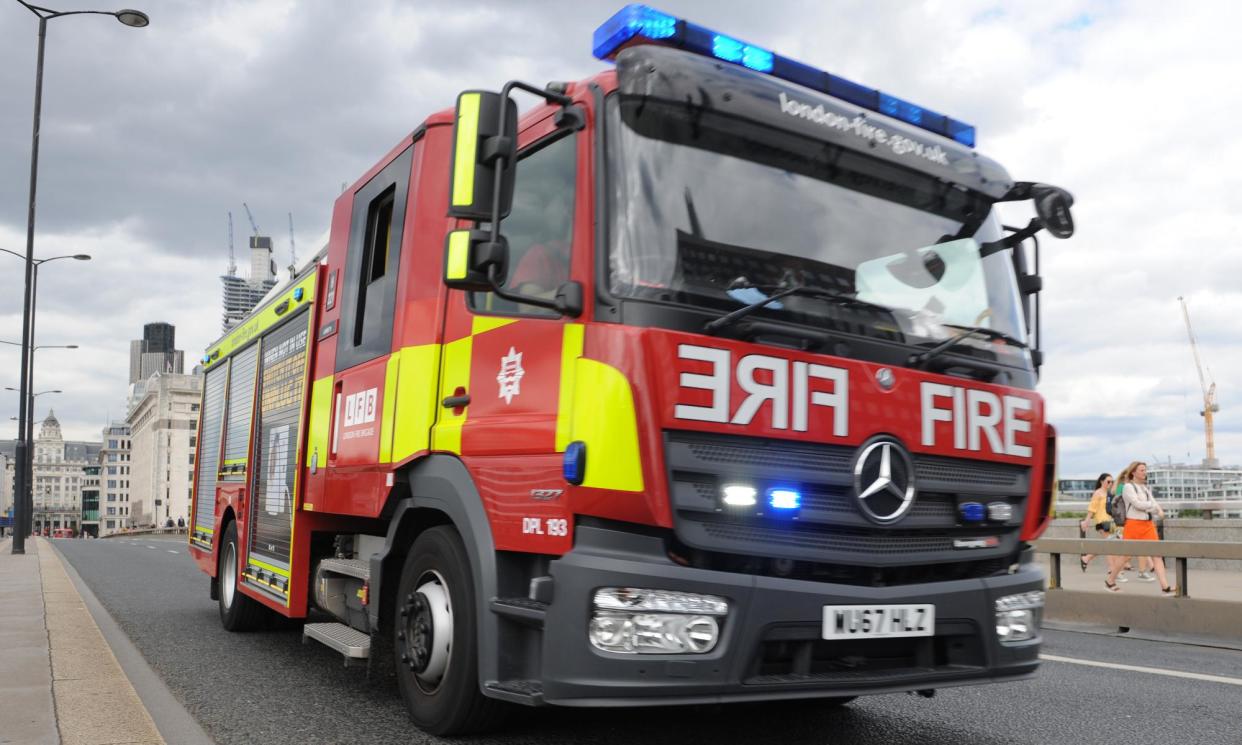Post-Grenfell evacuation guidelines ‘little or no help’, say firefighters

Firefighters have warned the home secretary that new evacuation advice has left vulnerable residents in high-rise buildings at risk of another Grenfell Tower tragedy.
In a letter to James Cleverly, the Fire Brigades Union’s Matt Wrack said the guidelines released last month provided “little or no help” for its members and inadequate advice on evacuating elderly or disabled people from tower blocks.
The Grenfell Tower inquiry recommended in October 2019 that the government develop guidelines for the evacuation of high-rise buildings, including plans for building owners and managers to make and keep personal emergency evacuation plans, known as Peeps, for all disabled residents in high-rise blocks.
Wrack, the FBU’s general secretary, said the new guidelines showed that the Home Office had decided to abandon Peep recommendations for vulnerable residents.
“This evacuation guidance is too little and too late. Nearly seven years on since the Grenfell Tower fire disaster, very little has changed on the regulations covering this critical area of safety,” he said. “The Home Office has left residents in high-rise flats vulnerable to a repeat of the Grenfell fire tragedy. Ministers have engaged in what looks like a tick-box exercise to evacuation guidelines for people’s homes.”
The Home Office publication, Evacuation Guidelines for Fire and Rescue Services during Fire Emergencies, includes nine guidelines to the fire and rescue service, which it states are “intended to support operational guidance and operational practices during a full or partial evacuation from high-rise residential buildings”.
The guidelines fail to offer a guide to how many firefighters are needed to evacuate a high-rise building and do not mention protecting fire exit routes or offer procedures for people unable to use stairs, the union said.
Evacuation tests conducted by the Home Office in a disused 17-storey tower block have also been criticised for failing to examine conditions similar to those at Grenfell.
The union said the tests, conducted by the London fire brigade and the National Fire Chiefs Council, did not take place on the scale of Grenfell Tower and did not replicate the conditions.
The test site had two staircases and the exercise was carried out over two floors with 80 evacuees. At Grenfell there was a single narrow staircase and there were almost 300 residents in the 23-storey building when the fire started.
Smoke was not used during the simulations, which took place during the day, not at night when the fire at Grenfell took hold.
Wrack said the tests and guidelines did not address worst-case scenarios where the whole building failed, with only a single narrow stairwell, no alert system, no data on vulnerable residents, no evacuation lift and failed fire doors. In Grenfell, 41% of the tower’s residents with a disability lost their lives.
He said: “The Grenfell Tower fire was a tragedy created by politicians and big business. For decades, the profits of developers were prioritised over human life. Cutting corners on regulation, funding and firefighters’ health and safety will not keep people safe. It may only be a matter of time before we face another tragedy, unless there is a dramatic policy shift. Ministers must wake up and listen to the voices of firefighters and residents.”


